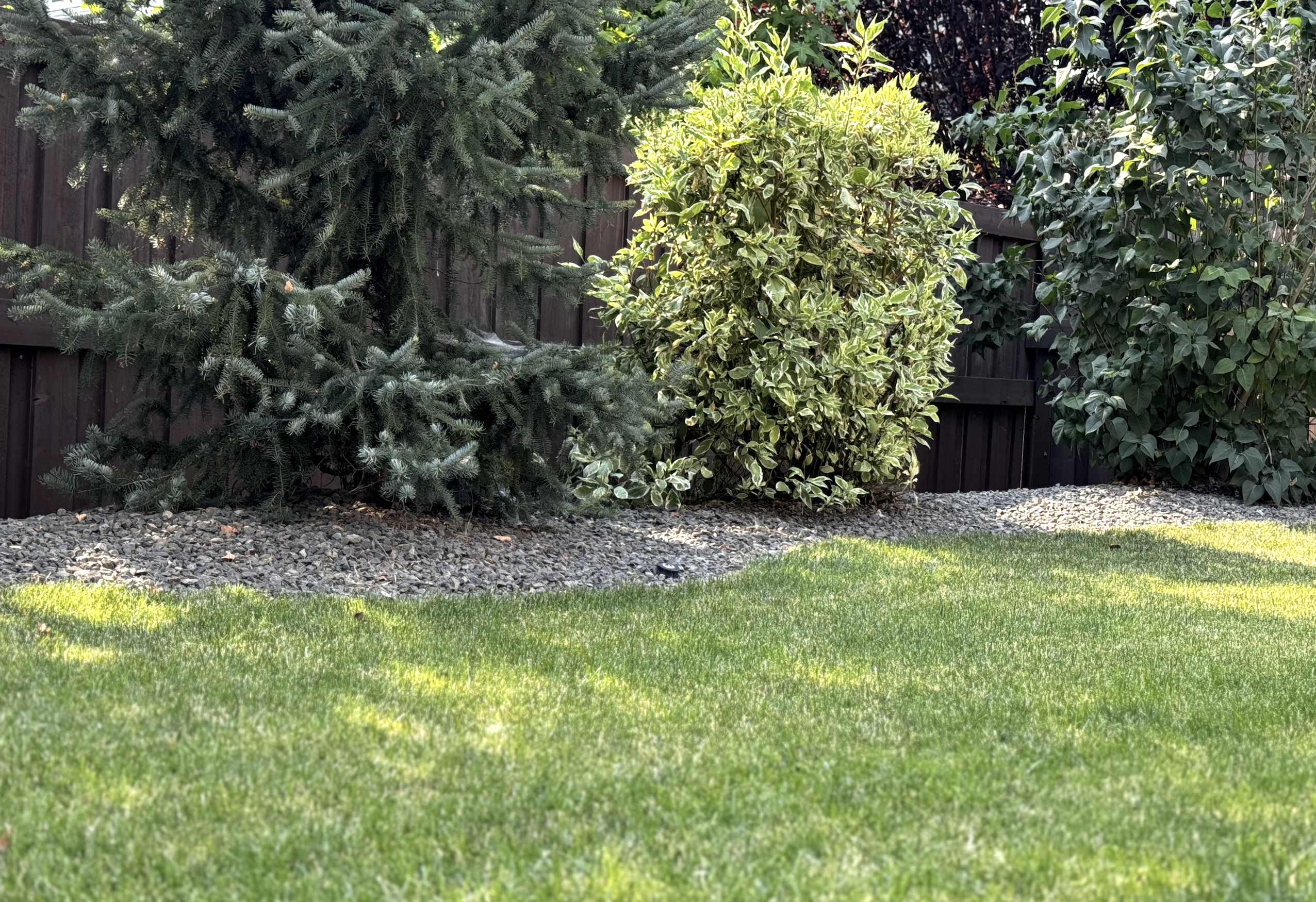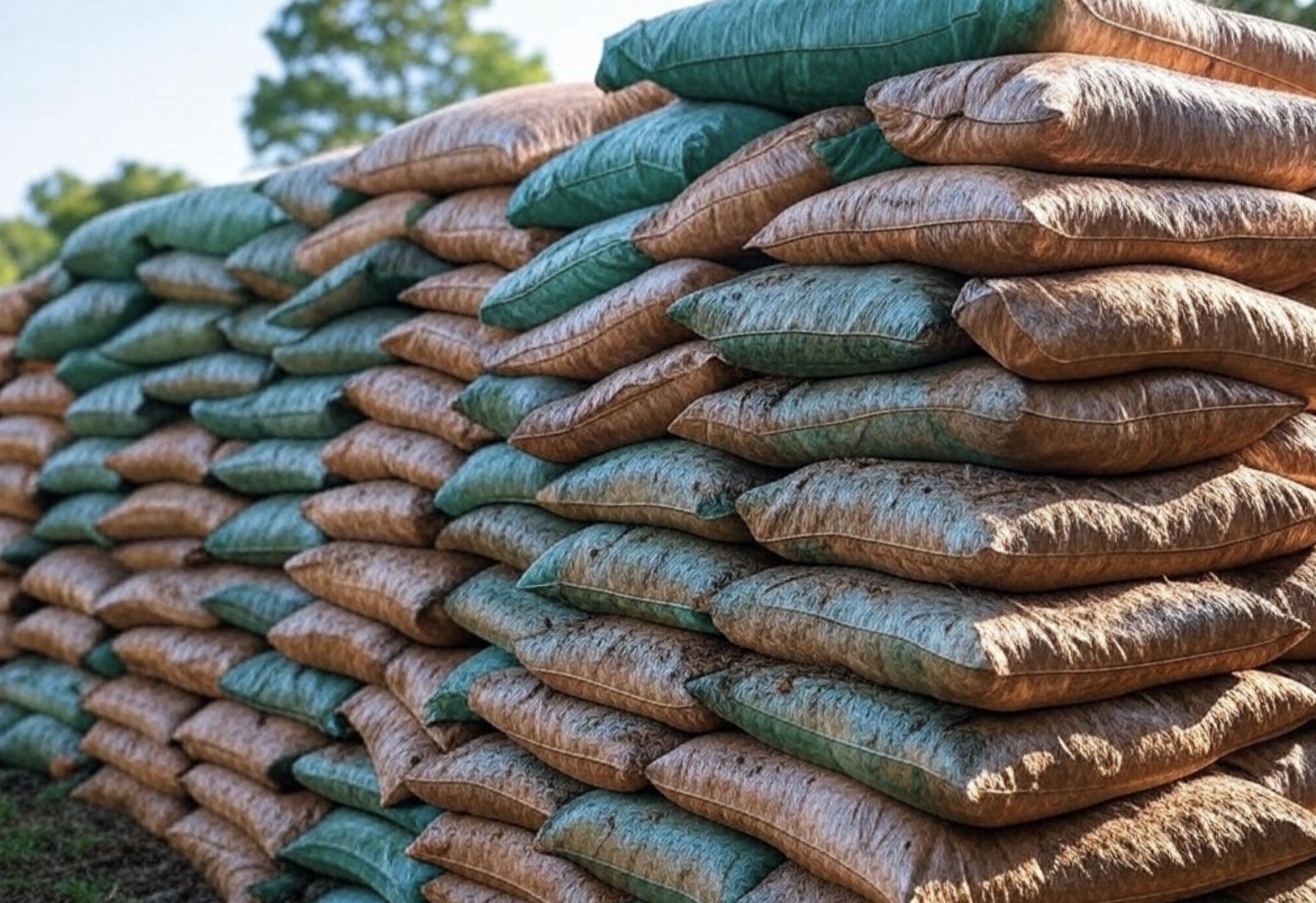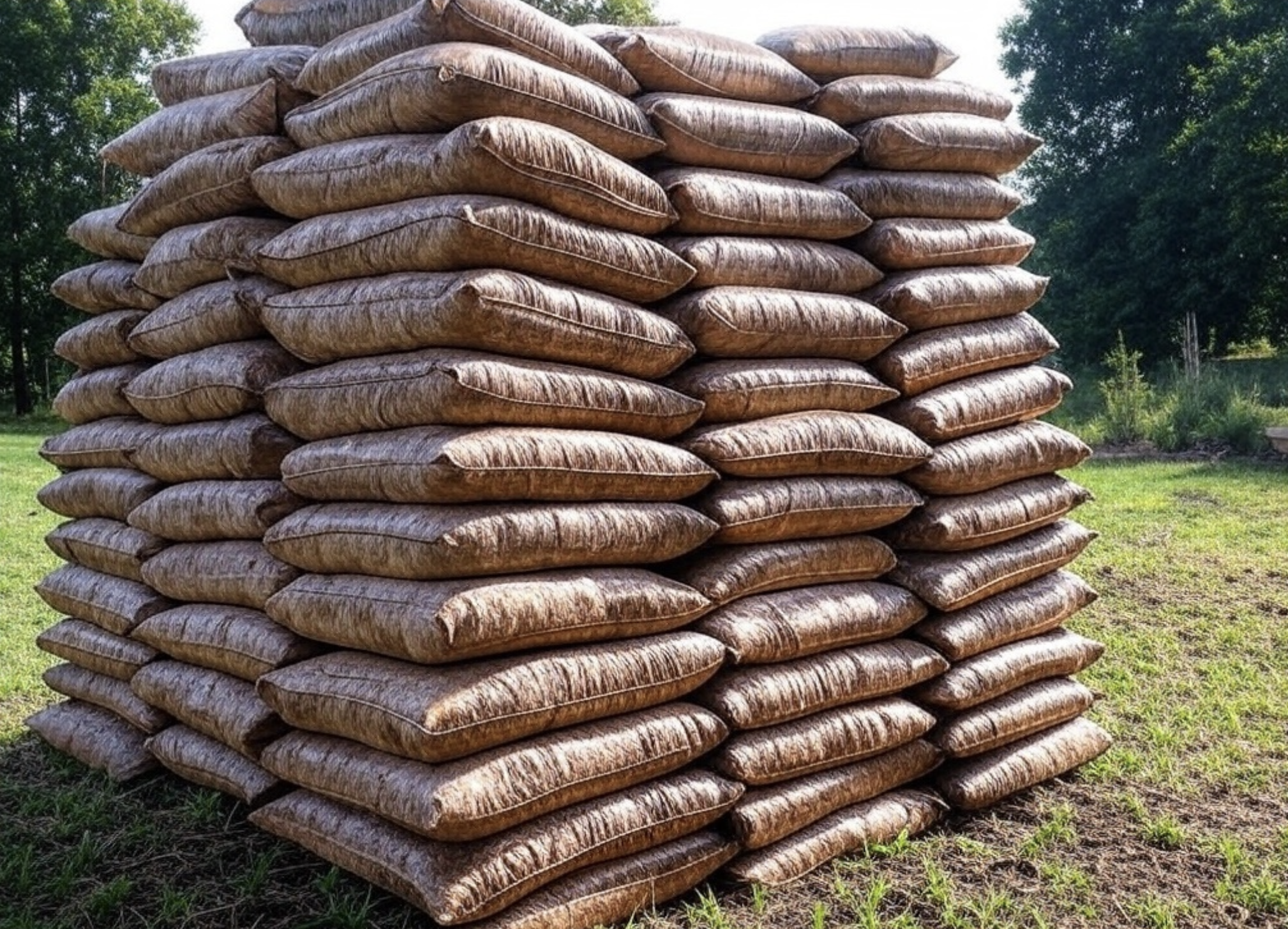Mulch Bag Calculator: How Much Mulch You Need?
Find out how much mulch you really need. Enter size the project measurements, select your preferred mulch type, and get precise results in cubic yards, cubic feet, and number of bags needed.
How to Use the Mulch Calculator
This calculator helps homeowners and landscapers determine exactly how much mulch you need to buy. Whether you're refreshing garden beds, creating new landscaping features, or maintaining existing areas, having the right amount of mulch saves time, money, and prevents waste.
After entering your measurements and mulch type (optional), you can download or copy the results to take with you to the garden center to get supplies.
Step 1: Choose Your Calculation Method
The calculator offers two ways to find out how much mulch you need to buy:
- Calculate by Dimensions: Enter length and width measurements of your landscaping area.
- Calculate by Area: Input the total area if you already know it.
If your mulch area has an irregular shape, you can either break it into smaller rectangles and calculate each separately, or measure the total square footage directly. In my experience, getting a little extra mulch is never a bad thing. You can always use it later as some mulch settles or blows away.
Step 2: Enter Measurements
Input the measurements using your preferred units:
- For dimensions method: Length and width in feet, inches, yards, or centimeters.
- For area method: Square feet, square yards, or square meters.
- Depth: Use the slider to select your desired mulch depth in inches or centimeters.
The calculator includes a depth guide with recommendations based on your selected depth. Most landscaping projects benefit from 2-3 inches of mulch, which provides adequate weed suppression and moisture retention without risking plant health.

Step 3: Select Mulch Type
Choose your preferred mulch type from the dropdown menu:
- All-Purpose Mulch: Standard option for general landscaping
- Wood Chips: Common, affordable option for garden beds
- Bark Mulch: Decorative option available as nuggets or shredded
- Pine Straw: Popular in southern regions, ideal for acidic soil plants
- Rubber Mulch: Long-lasting option for playgrounds or low-maintenance areas
- And several more specialized options
Each mulch type includes specific information about its characteristics, typical applications, and special considerations to help you make the best choice for your project.
Step 4: Calculate and Review Results
Click "Calculate Mulch Needed" to generate your results, which include:
- Total cubic yards needed (the standard measurement for bulk mulch)
- Total cubic feet (useful for calculating small areas)
- Number of standard 2 cubic foot bags
- Number of larger 3 cubic foot bags
- Information specific to your selected mulch type
You can easily copy these results or download them as a CSV file to save for your shopping trip or to share with others.
Practical Example: Garden Bed Mulching
Let's walk through a practical example to show how the calculator works.

Front Yard Garden Bed Example
Measurements
- Length: 15 feet
- Width: 6 feet
- Depth: 3 inches (recommended for new beds)
- Mulch Type: Shredded Hardwood
Calculation Results
Volume Needed
- Area: 15 ft × 6 ft = 90 sq ft
- Cubic Feet: 90 sq ft × (3 in ÷ 12) = 22.5 cu ft
- Cubic Yards: 22.5 cu ft ÷ 27 = 0.83 cu yd
Purchasing Options
- 2 cu ft bags: 12 bags
- 3 cu ft bags: 8 bags
- Bulk order: 1 cubic yard
Pro Tips for Shredded Hardwood Mulch
Lay 2–3 inches around perennials or trees for a neat, long-lasting cover. It knits together well and is great for slopes. Refresh every couple of years as it compacts.
Understanding Mulch Measurements
When purchasing mulch, you'll encounter different measurement units. Here's what you can expect.
| Unit | Equivalent | Typical Purchase Option |
|---|---|---|
| 1 Cubic Yard | 27 Cubic Feet | Bulk delivery (best for larger projects) |
| 1 Cubic Yard | ~13.5 bags (2 cu ft each) | Standard bagged mulch |
| 1 Cubic Yard | ~9 bags (3 cu ft each) | Large bagged mulch |
| 1 Cubic Yard | Covers ~100 sq ft at 3" depth | Rule of thumb for estimating |
For larger projects, buying mulch in bulk by the cubic yard is typically more economical than purchasing individual bags. Many garden centers and landscape supply companies offer bulk delivery services too. If you can only fit 10 bags in your car, you might need to make a lot of trips to your local Home Depot for supplies.
Mulch Depth Guidelines
The ideal mulch depth varies depending on the goal of your project and style you're hoping to achieve.
| Application | Recommended Depth | Notes |
|---|---|---|
| Flower beds | 2-3 inches | Balance between weed control and avoiding stem rot |
| Tree rings | 3-4 inches | Keep mulch away from trunk to prevent rot |
| Shrub beds | 2-3 inches | Maintains moisture and suppresses weeds |
| Vegetable gardens | 1-2 inches | Lighter application to prevent soil cooling |
| Pathways | 3-4 inches | Thicker for high-traffic areas |
| Playgrounds (rubber mulch) | 4-6 inches | For safety surfacing requirements |

How the Mulch Calculator Works
This calculator uses standard formulas to determine how much mulch you need for your landscaping project. The calculations are based on industry-standard mulch packaging you'll find in home improvement stores.
Core Volume Calculations
| Calculation | Formula | Example |
|---|---|---|
| Area Calculation | Length × Width | 15 ft × 6 ft = 90 sq ft |
| Volume in Cubic Feet | Area × (Depth in inches ÷ 12) | 90 sq ft × (3 in ÷ 12) = 22.5 cu ft |
| Volume in Cubic Yards | Cubic Feet ÷ 27 | 22.5 cu ft ÷ 27 = 0.83 cu yd |
| Number of 2 cu ft Bags | Cubic Feet ÷ 2, rounded up | 22.5 cu ft ÷ 2 = 11.25, rounded up to 12 bags |
| Number of 3 cu ft Bags | Cubic Feet ÷ 3, rounded up | 22.5 cu ft ÷ 3 = 7.5, rounded up to 8 bags |
Unit Conversions
When using different measurement units, the calculator applies these conversion factors:
- Length/Width Conversions:
- 1 yard = 3 feet
- 1 foot = 12 inches
- 1 foot = 30.48 centimeters
- Area Conversions:
- 1 square yard = 9 square feet
- 1 square meter = 10.764 square feet
- Depth Conversions:
- 1 inch = 2.54 centimeters
All calculated values provide estimates based on the measurements you enter. It's generally recommended to purchase about 10% extra mulch to account for settling, compaction, and measurement variations. You'll be surprised at the amount of settling even after a few weeks.
